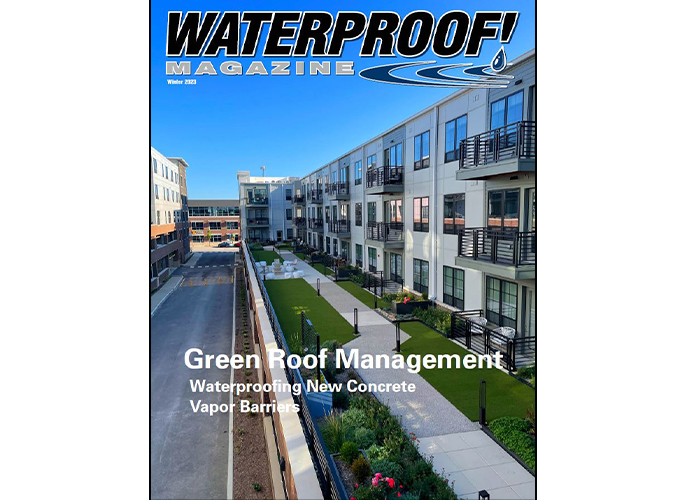Blue, Green, and Blue Green Roofs:
There are several types of green roofs. Factors that can influence what type is used vary depending on the owner’s intent for the use of the roof, the roof’s structural capacity, weight, and the expected maintenance of the plants.
Green roofs can be gauged on being intensive, meaning a garden on a roof with many different types of plants, and extensive, meaning low-maintenance and largely self-sustaining. The extensive roof is the most affordable, most lightweight option that is ideal for flat roofs. The plants that are used in this green roof are typically sedums, but any plant that is hardy and can withstand harsh growing conditions is a suitable choice.
While green roofs can create stormwater retention on a roof, blue roofs are designed to control water runoff by detaining water on the roof for a limited amount of time. Blue roofs can be created in simple stone ballasted roofs by allowing water to collect in the spaces between the stone ballast. Blue roofs can also be created between the bottom of pavers and the top of the roof deck; a condition very often seen in plaza decks. Blue roofs can also be created underneath green roofs by creating a void space underneath the green roof and above the roof deck where water can be temporarily detained.
In all of these cases, the water outflow restriction is created at a flow control roof drain. This simple drain is designed to only allow a certain amount of outflow at any one time.
A blue green roof includes aspects of both types of roofs to maximize stormwater management within a green roof system that includes plants.
Click the link below to read the full article:


